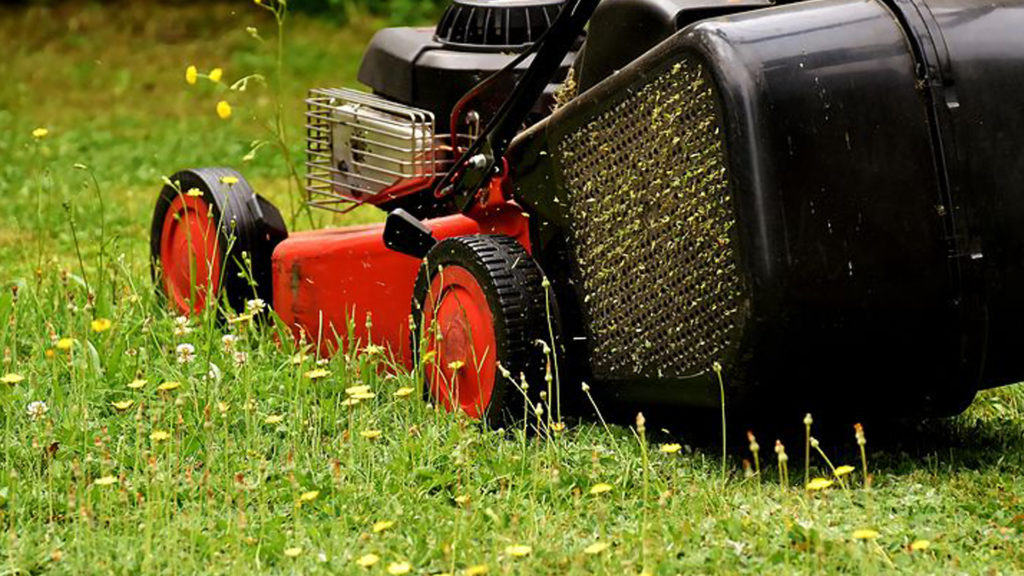If you're an Australian homeowner, then you know that keeping your lawn looking green and healthy can be a challenge. After heat and drought, one of the biggest threats to your lawn is grub damage. Grubs are the larval stage of beetles, and they can cause extensive damage to your lawn if left untreated. In this blog post, we will discuss what grub damage is, how to identify it, and how to protect your lawn from these pests!
What is lawn grub damage and what causes it?
Lawn grub damage is caused by the larvae of various beetles, including Lawn Armyworm and African Beetles. After hatching, the grubs begin feeding on the roots of grasses which can result in spreading yellow patches of lawn, as the grass weakens and dies. In severe cases, lawn grub damage can kill an entire lawn. To prevent lawn grub damage, it's important to follow proper lawn care techniques. This includes mowing at the correct height, watering deeply and less frequently, and fertilising regularly. Additionally, insecticides are available that will destroy any grubs that are in your lawn.How to identify grub damage in your lawn?
One way to identify grub damage is by looking for brown or yellow patches in your lawn. These patches are usually small at first, but they can quickly expand as the grubs continue to feed on the roots and the lawn dies off. You might also see evidence of grub activity near the edges of these brown patches, where the insects have burrowed into the soil in search of food. Another telltale sign of grub damage is when sods easily pull away from the ground due to a lack of root support. Additionally, you can sometimes identify grub damage by detecting increased animal activity. Birds are known to dig around in lawns in search of grubs to eat, so if you are noticing that birds are more frequently visiting your yard and digging in your lawn, or you see small holes in the ground, it's a good indication there may be grubs present.The consequences of grub damage on your lawn
Lawn grubs can cause extensive damage to your lawn if left unchecked. These grubs feed on the roots of your grass, causing the grass to turn brown and die. In addition to your yard looking awful and bare, lawn grubs can attract other pests, such as rats and pecking birds which can further damage your lawn. If you think you have a grub infestation, it's important to take action immediately. There are a number of lawn care products available that can kill grubs and prevent them from causing further damage. However, if the infestation is extensive, you really should seek the advice of a lawn care expert.How to protect your lawn from grubs
The best way to protect your lawn from lawn grubs is prevention by maintaining a healthy lawn. To create a healthy lawn, start by mowing at the recommended height for your grass type, water appropriately to promote deep root growth and aerate your lawn regularly to improve draining and reduce compaction. This will help to create a hostile environment for grubs and make it easier for your lawn to recover from any damage they may have caused.If you do notice grub damage it's essential you deal with the problem quickly and we advise seeking the advice of a lawn care expert. At The Mower Shop, our lawn care specialist will be able to help you identify the problem and develop a plan to get your lawn back to its healthy state. Call in and visit us today or phone us on 1800 558 400 for friendly and professional advice and all the right tools for keeping your lawn looking great!











